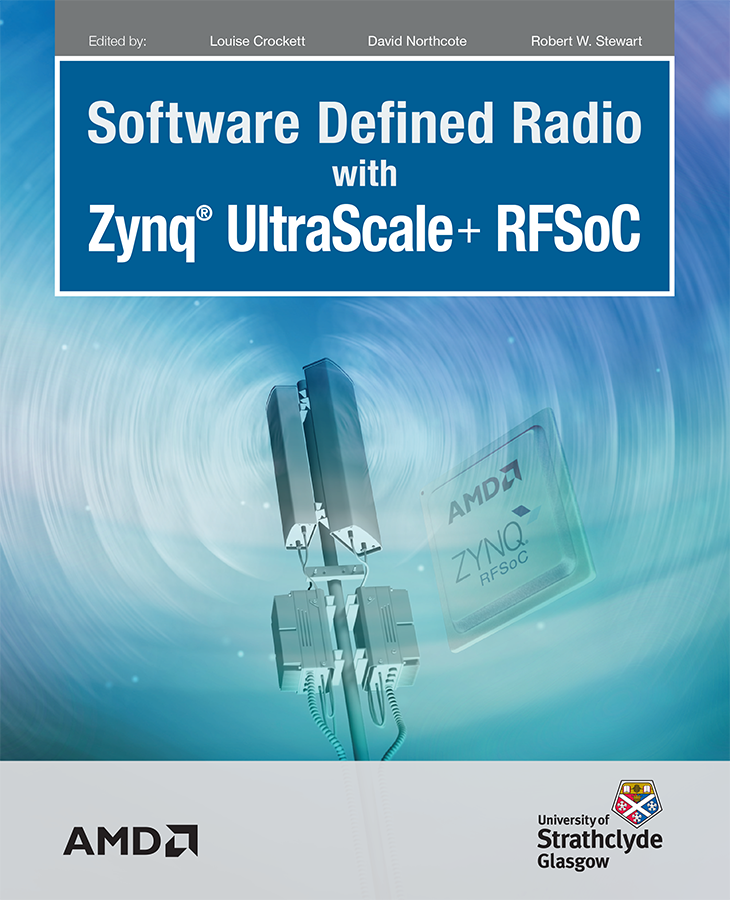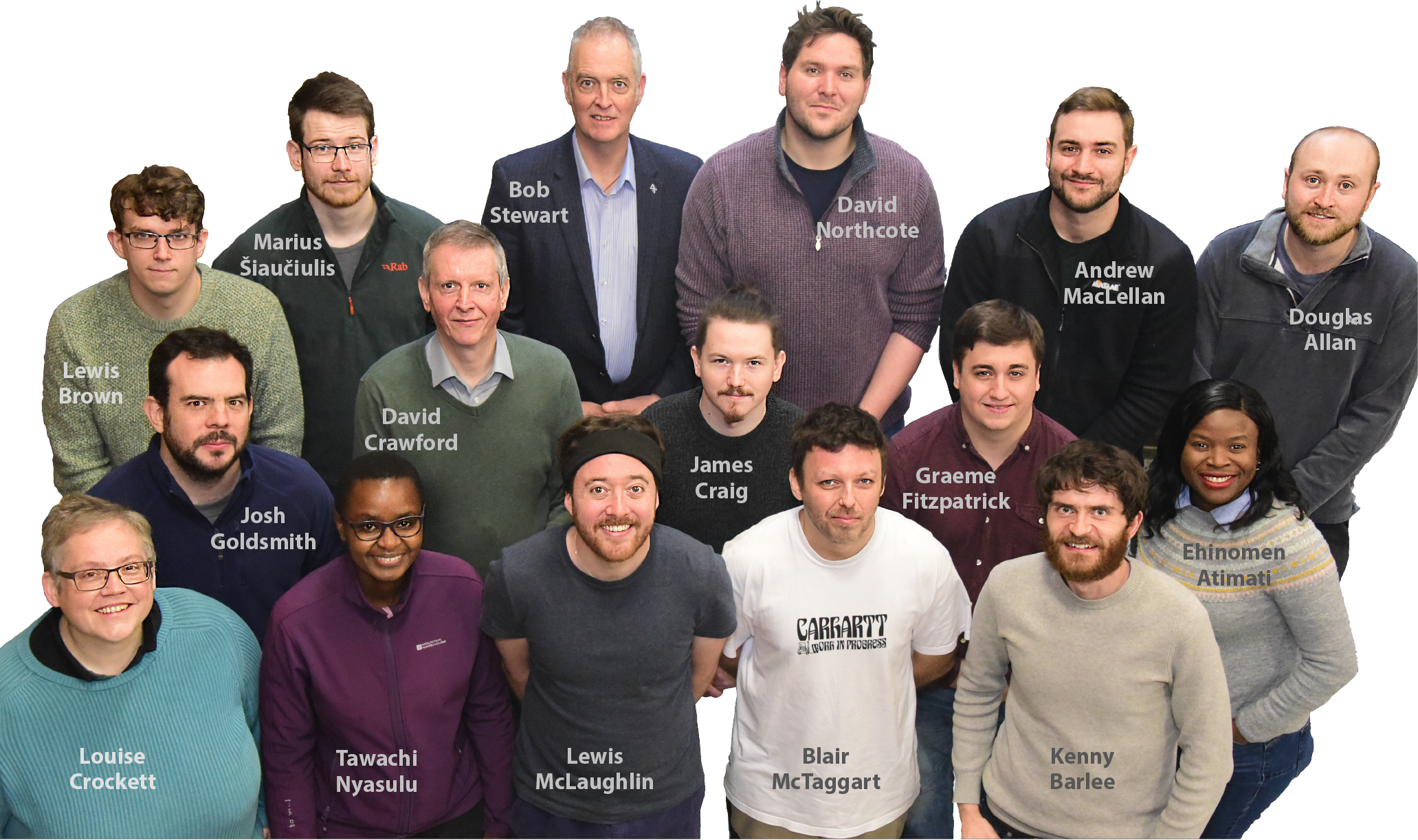The RFSoC Book

Our RFSoC book introduces Zynq Ultrascale+ RFSoC, a technology that brings real, single-chip Software Defined Radio (SDR) to the marketplace. RFSoC devices are the first adaptive SoCs (Systems-on-Chip) to monolithically integrate multiple RF signal chains along with Arm application and real-time, multicore processors and programmable logic. RFSoC is not so much a radio on a chip, but almost an entire base station on a chip!
We anticipate that the RFSoC book will be of interest and use across a number of technical areas. It serves as an introduction to the family of RFSoC devices and its key features and programmability. The book explores SDR concepts and architecture and key DSP algorithms.
A selection of hands-on exercises via Jupyter Lab notebooks accompany the book and are available from the companion GitHub repository. There are also design examples to build and implement real systems based on PYNQ and supported boards, such as the RFSoC4x2. Wherever you are in your career, we hope that you find this book a useful and pragmatic reference on the incredible RFSoC technology.
Where Can I Get a Copy?
The RFSoC book is available to download free of charge from our website. Just visit our downloads page to grab your copy.
For those who would prefer a printed book for reference, hardback and paperback editions are also available through Amazon and several other retailers.
If you would like to peruse the contents of the book before download or purchase, our table of contents is available to view here.
Authoring and Development Team
The RFSoC book was written by researchers, engineers and academics from the University of Strathclyde Software Defined Radio team (StrathSDR), and all authors are pictured below. Short biographies for the authors can be found here.

The book and notebooks were edited in to final copy by Louise Crockett, David Northcote and Bob Stewart of StrathSDR. The RFSoC book project and design process was supported and managed by the AMD University Program team led by Patrick Lysaght and key colleagues Cathal McCabe, Graham Schelle, Nathan Jachimiec, and Shawn Kalade.
Acknowledgements
A great many colleagues at AMD and StrathSDR supported the development of the RFSoC book and the supporting resources. The full acknowledgements from the book preface pages is here. Many thanks to our exceptional partners and colleagues who helped created this book and the supporting resources.
Some History… AMD and the University of Strathclyde
The AMD and University of Strathclyde engagement and partnership dates back to 2002 with our first joint projects with Xilinx (who were acquired by AMD in 2021) to create educational courses using the Virtex® FPGA devices. In 2006 University of Strathclyde and Xilinx, via the Xilinx University Program (XUP) team, partnered to create university and professional teaching materials for the latest generation of FPGAs (Virtex and Spartan® generations) and jointly presented XUP DSP workshops in USA, Europe and Asia from 2008 to 2014. With the advent of the Zynq SoC in 2011, the activities extended to this device, and as well as teaching and training materials, the first text book from the partnership was published in 2014 — ‘The Zynq Book: Embedded Processing with the Arm Cortex-A9 on the Xilinx Zynq-7000 All Programmable SoC’ in 2014. The book was (and still is!) available as a free download as well as in traditional print form. In 2019, a second book was published ‘Exploring Zynq MPSoC: With PYNQ and Machine Learning Applications’, and again a free download version was made available alongside the print version. Across all of the joint book publications there has been more than 160,000 book downloads to date.
In the last three years, work with AMD has moved to the RFSoC, with projects focusing first on the RFSoC2x2 board, and more recently on the RFSoC4x2 board, which features in this book. With the publication of this book and the open-sourcing of the supporting hands-on notebooks and other materials, we look forward to continuing to work with AMD in this most exciting of technologies.

